My path from strawberry and blueberry fields to college
By Alma Hernandez, NCL Child Labor Coalition Summer 2022 Intern
Alma attends the University of South Florida, where she is pursuing a Bachelor of Science in Public Health.
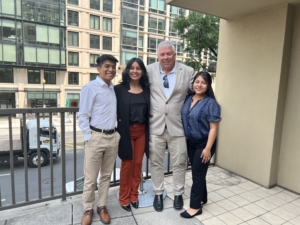
Alma Hernandez (far right) is joined by fellow National Migrant and Seasonal Head Start Association farmworker youth interns Jose Velasquez Castellano and Gizela Gaspar. NCL CLC Coordinator Reid Maki is also in the photo.
Imagine being a five-year-old child – happy and carefree. The age where you either attend pre-K or start kindergarten. But can you imagine a five-year-old working in farm fields in hot 90-degree humid weather with her parents? I was that child. I wore a long-sleeved shirt, jeans, closed-toed shoes, and a hat to protect me from the hot sun. At five years old, I was unaware of how difficult agricultural labor is. My mom had enrolled me at the Redlands Christian Migrant Association (RCMA), a Migrant and Seasonal Head Start program, but she also wanted to teach me to value my education.
My mother’s life lesson started during the weekend after I did not want to wake up for school. My mother remembers that I was full of confidence when asked if I wanted to go to work with her and my father. However, I did not know what was in store for me.
Arriving at the fields around 7:30 am, I first saw endless rows of strawberry fields. I felt enthusiastic. My task: collect as many bright red strawberries as I could and place them in my pink Halloween bucket. After filling my bucket, I would give the strawberries to one of my parents. Around 12, I felt the heat. It was around 90 degrees. The humidity made it feel worse. I felt like I was in 100-degree weather; I did not like that at all and wanted to go home. I was already tired and asked if we could leave. My mom said no; I had to stay until they finished. And so I kept working.
I do not recall what happened the rest of the time I was there, but I remember what happened afterward. I went home and sat on the stairs of the house with a red face, a headache, and clothes covered in dirt, and reflected on the decision I had made to join my parents in the strawberry fields. I went inside. I was so tired that I ignored dinner and skipped a shower and went straight to bed just to wake up the next day, to repeat another day of long, hard work. My parents had me help them one more day; and convinced that my lesson was learned, they let stay home where, in the next few years, I could help take care of younger siblings when my parents could not find childcare.
Although my work in the strawberry fields was short-lived, I have much more experience harvesting blueberries. I started working on blueberry farms when I was 12 years old and worked every summer until I was 16. The blueberry season starts in the summer after school ends in Florida.
My family and I would leave Florida near the end of June and start the 17-hour drive to Michigan. Unlike the strawberry season, I liked picking blueberries because I did not have to bend down low to the ground all day; blueberry plants grow higher. My job was to fill up my six buckets. Once they were all filled, I would carry all the buckets to place them into plastic containers and have them weighed. On average, six buckets would be 42 to 45 pounds, and depending on who we were working for, the average pay was 0.45 to 0.55 cents a pound. I had to pick as many pounds as I could. On good days, I would be able to pick 200 pounds or more; on many other days, I would pick less.
The clothing I wore was also the same: long sleeves, jeans, closed toes shoes, and a hat to protect myself from the sun. The weather in Michigan is not as humid as it is in Florida; usually, it was in the mid-80s to low 90-degrees however it was still hot being there all day. We would go in each morning at 8:30 or later depending on how wet the blueberry plants were and leave the fields around 8 or 9 at night.
I did not like going to a new school in Michigan every September just to leave in late October and return to Florida and start school. The curriculum was very different; I would excel quickly in Michigan since what I was learning I had already studied in Florida. But I also did not like how every time I would go to a new school, I’d be the “new girl,” struggling to make friends but knowing I would soon be migrating. “What is the point?” I would wonder. So I always kept to myself and only spoke when I was spoken to, and to this day I still do.
I also did not like the “what did you do during the summer?” question on the first day of school when I returned to Florida because all I did was work all summer and had no fun. Work caused my parents to miss many school functions that other parents would attend. Sometimes, it felt like a lack of support, but I understood that this type of work was their only way to generate income to provide for the family.
This summer, after four years away, I came back to Michigan with my family for the blueberry harvest one more time. Now that I am 20 and reflecting on my family’s agricultural experience, I appreciate my parents for what they have done for my siblings and me. They wake up early every day, go to work, come home to cook, and still spend a little bit of time with my younger siblings. I help around as much as I can because I know they cannot do everything on their own, especially now that they are getting older. I know they are tired and have no rest days. But thanks to them, I am the first person in my family to go to college and serve as an example to my siblings which proves to them that there is a reason for our parent’s sacrifices.




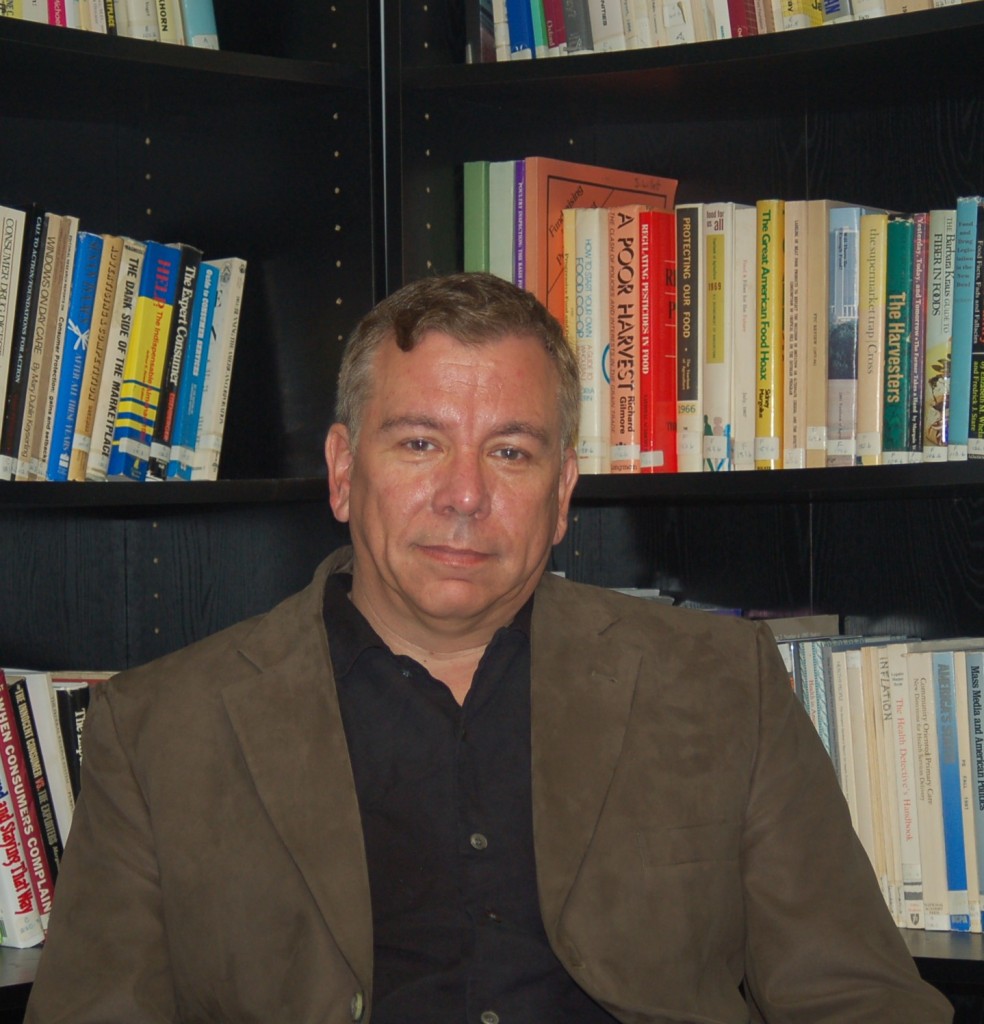
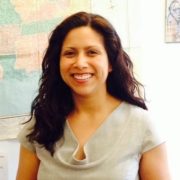
 By NCL Director of Health Policy Jeanette Contreras
By NCL Director of Health Policy Jeanette Contreras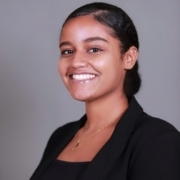
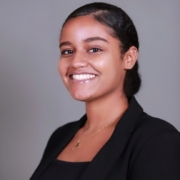 By NCL Health Policy Associate Milena Berhane
By NCL Health Policy Associate Milena Berhane









